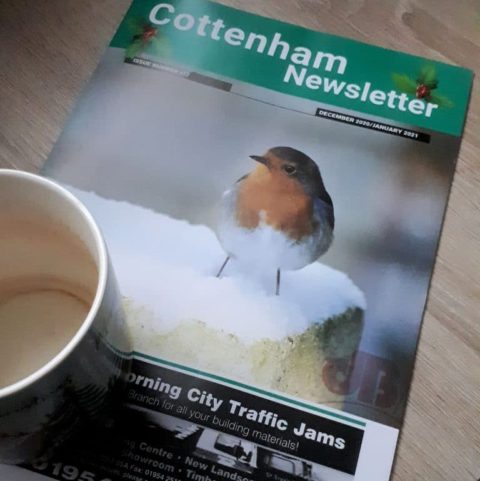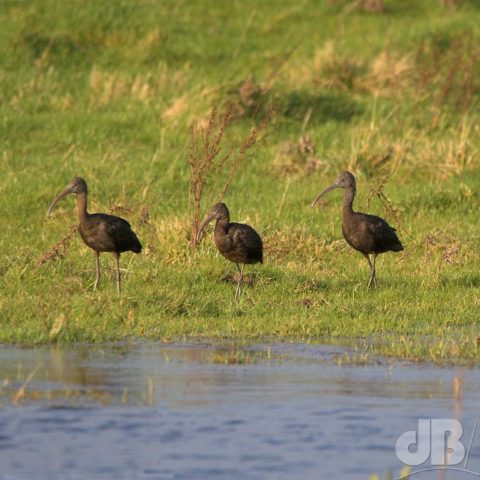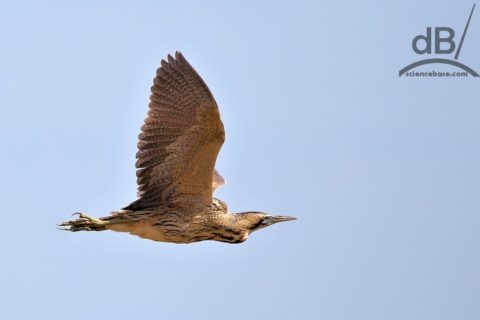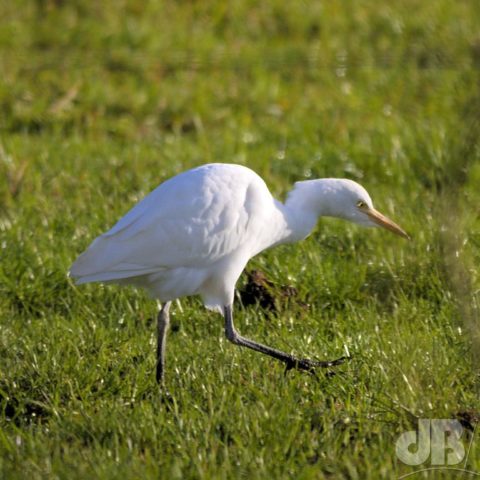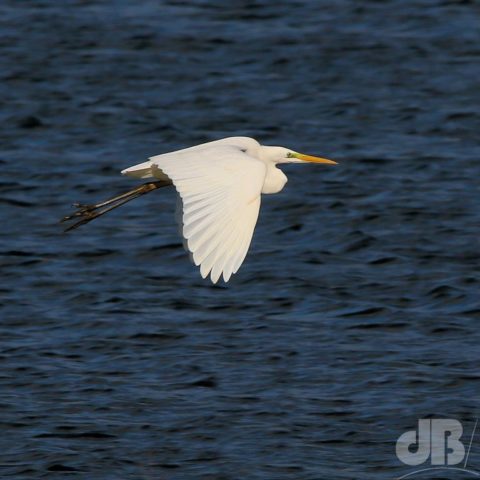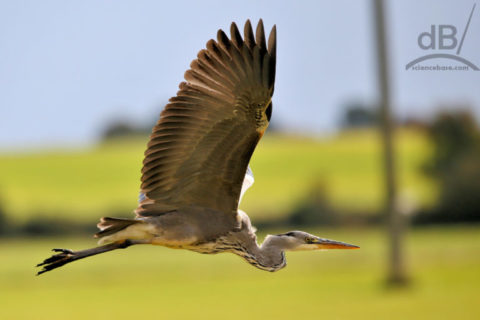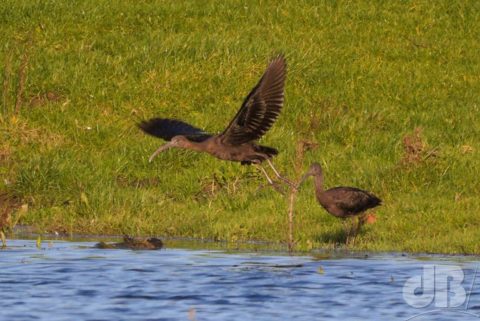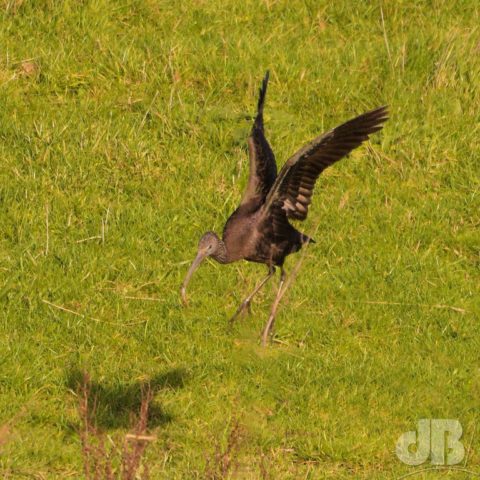Goin’ Greyhound by Dave Bradley (Kindle/eReader version here)
Jaden leapt from the Greyhound into fetid coach-stop air that felt as heavy as a steam room but without the scent of eucalytpus oil despite this being the Northern Territory. He dashed to the gents and en route doused his ready-pasted toothbrush in tepid water from the nearest tap, and shuffled into a gap at the rankest-smelling trough for a well-earned pee, chewing on the toothbrush as he went.
“You must be German,” a fellow backpacker one splash along asserted, “only a German would urinate and clean their teeth at the same time.” The accent was Scandi…Norwegian perhaps.
“Gngnsh,” chewed Jaden.
“Aah, British, yes, a Brit would probably do that too.”
It was the briefest of encounter, with thankfully the minimum of bodily fluids exchanged, and Jaden dashed back to the bus and bounded up the steps out of the 100% humidity and back into the marginal air-conditioning. The doors hissed and slammed behind him. They waved their periodic “Seeya soon, mate!” and the bus panted north for two Creeks, a River, and headed for an evolutionary town with its netted off swimming areas. Jaden gave the toothbrush a final chew, before stuffing it into the tiniest of apportioned spaces in the pouch crammed into the cheapest of backpacks.
“Well, that was hilarious,” he laughed to his travelling companion Aimee. She had made a similar leap of faith just seconds ahead of him and had found the only privacy this side of Three Ways with a toilet seat and (unbelievably) toilet paper.
“What was?” she queried breathlessly, a five-minute stopover is exhausting especially at two in the morning with that kind of heat and humidity even if you are in your earlier twenties and out in the big, wide world for the first time.
“Oh this guy at the urinals thought I was German ’cause I was cleaning my teeth while having a pee, hahaha,” Jaden responded.
“You were cleaning your teeth and peeing at the same time, that’s disgusting,” Aimee added. “Funny though, you must have been a sight. Bit racist of him to narrow down your nationality on that basis though, isn’t it? Was he Norwegian by any chance?
“Dunno really, we didn’t have much of a conversation, it’s not really the done thing in the men’s toilets,” Jaden pointed out. “Had to be done though I think was as desperate to relieve my bladder as I was to get a day’s backpacking grime off my teeth.”
Aimee grabbed her portable cassette player, her “Fakeman”, from under her backpack with its solitary tape crammed with early R.E.M and a couple of John “Cougar” Mellencamp songs from the same era. She offered Jaden the second set of headphones and plugged in the doubler, pressing play and then quickly ripping off the headphone as a far- too-loud Michael Stipe lamented “It’s the end of the world as we know it, and I feel fine”.
She slid the volume controller down from 11 to somewhere in between 5 and 6…
“I can hardly hear it now, Aimee”, turn it back up a bit,” Jaden charged.
“It’s deafening…here, you listen, I’ve had enough Fables of the Reconstruction to last a lifetime.”
“Aww, I like us listening together, it’s nice…”
“Well, I think I might just try and get some sleep, it is after 2 in the morning.”
Aimee dozed and Jaden sang along in his head, finger-drumming and foot flicking an imaginary pedal in time to the beat.
“That song’s on Document though,” he whispered but Aimee was already in the arms of the sandman. Despite the Fakeman being at 7 or 8, he too headed for a dreamy beach.
Jaden awoke to a gentle shoulder shake.
“Time for medicine, Mr Turner,” the masked nurse suggested.
Jaden brought himself up to the surface, clutching at a set of headphones that had long gone.
“Time for, time for? But, but I was listening to R.E.M with Aimee…are we in Darwin already? It’s a long way but that seemed an awfully quick journ…”
“Sorry, Aimee not here,” the nurse interjected. “Here, sit up please, take medicine, I’ve got you water.”
“I need to tell Aimee something…I can’t remember, it’s on the tip of my tongue…it’s a song, she fell asleep, it was a different album, she had it on too loud,” Jaden panicked and brushed some mince pie crumbs from in between the buttons of his cardigan.
“All okay Mr Turner,” the nurse responded. “You remember soon, don’t worry. Maybe write down, so don’t forget?”
“Yes, yes, I’ll write it down, but…but…I need to pee first…please, my stick, pass me my stick…”
